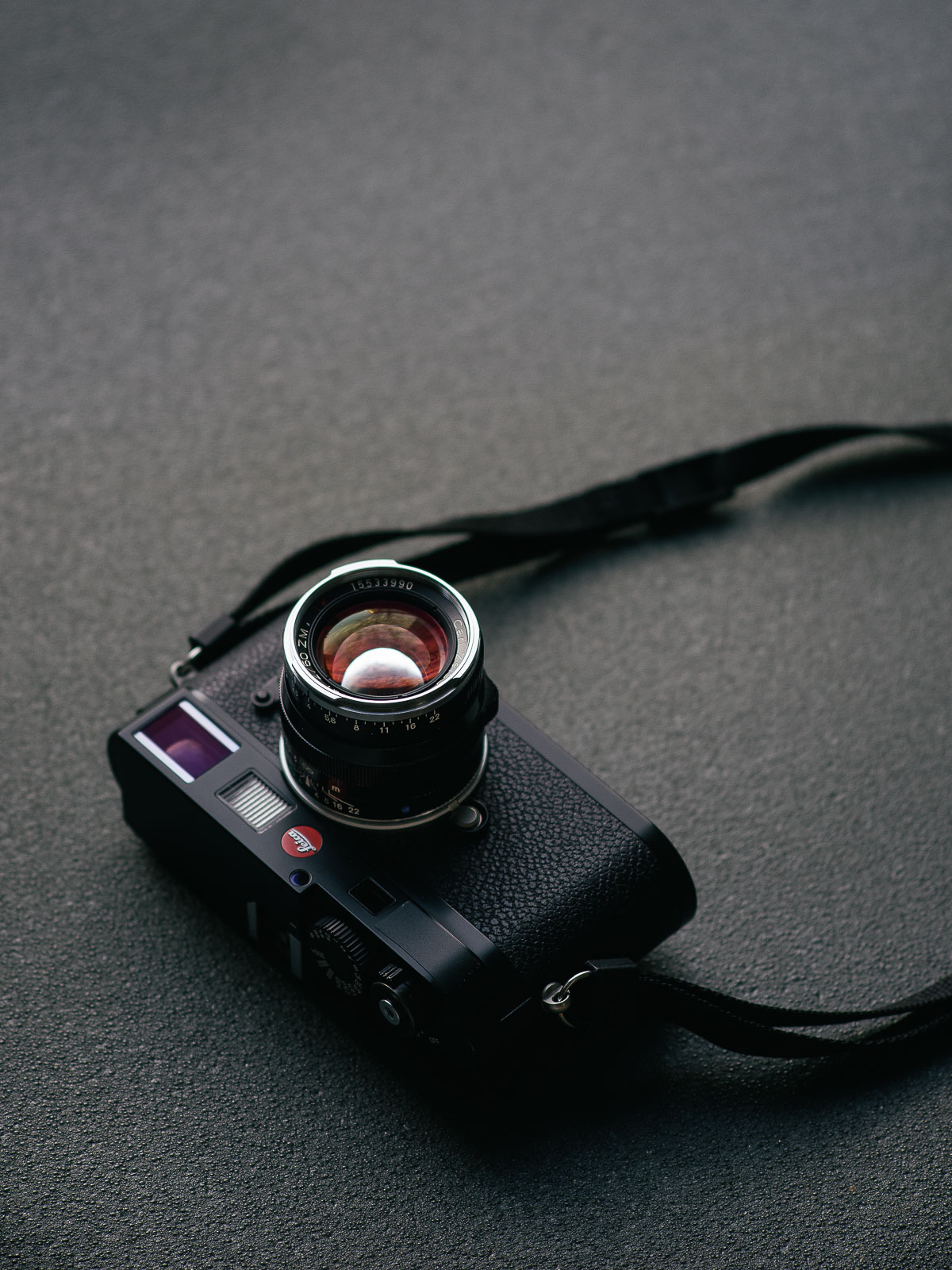
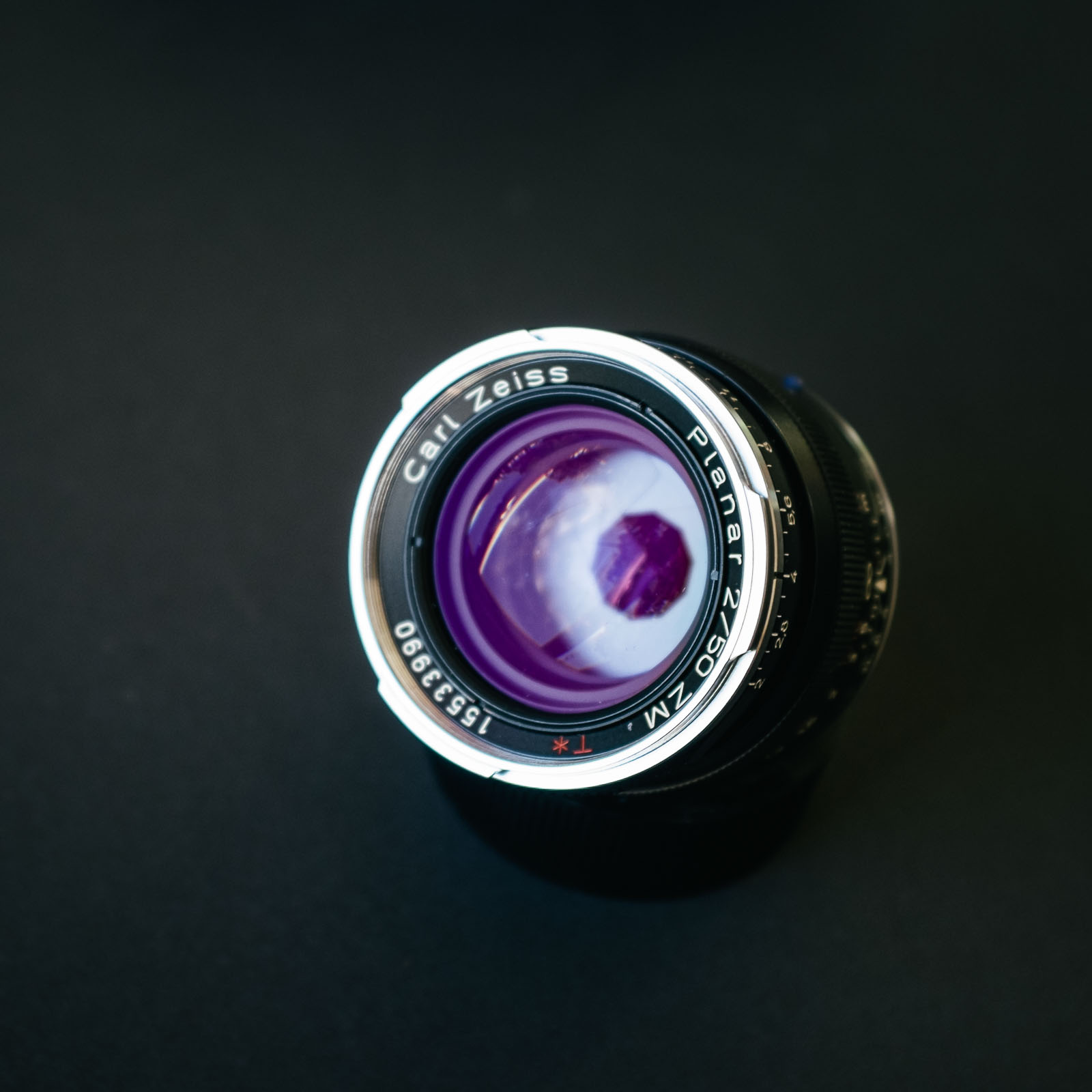

←
The double gauss formula is one of the most long lived, prominent and successful designs in lens making. Produced and refined over more than a hundred years the same basic layout can be found in countless current lenses, from some of the cheapest on the market to some of the most expensive.
A reason for its continued popularity might be that unlike many designs from the early days of photography the double gauss formula has very few drawbacks in a modern setting and it can give excellent performance despite the simple construction.
Zeiss certainly know a thing or two about double gauss lenses. While the formula wasn’t invented by them, they did refine it to the point of their original 1896 Planar lens becoming a benchmark of its time, and the basis for all double gauss lenses that followed. They’ve kept making lenses using the formula ever since, continuing to designate them Planar.
The Zeiss ZM 50/2 Planar is one of the most recent entries in this long family line. It’s a true double gauss design, without additional elements, and its impressive performance is a testament to the formula as well as Zeiss’s ability to refine it.



Being a true double gauss lens the Planar has 6 elements in a symmetrical arrangement. All surfaces are spherical and multi coated with Zeiss’s highly regarded T* coating.
It’s a slightly long normal of modest speed. At f/2 it has a 25mm effective aperture and as all M-mount lenses it’s manual focus only.
There are no versions of the lens to keep track of – it’s remained unchanged since its launch in 2004. The lens is produced by optical manufacturer Cosina in Japan, also the parent company of Voigtländer.

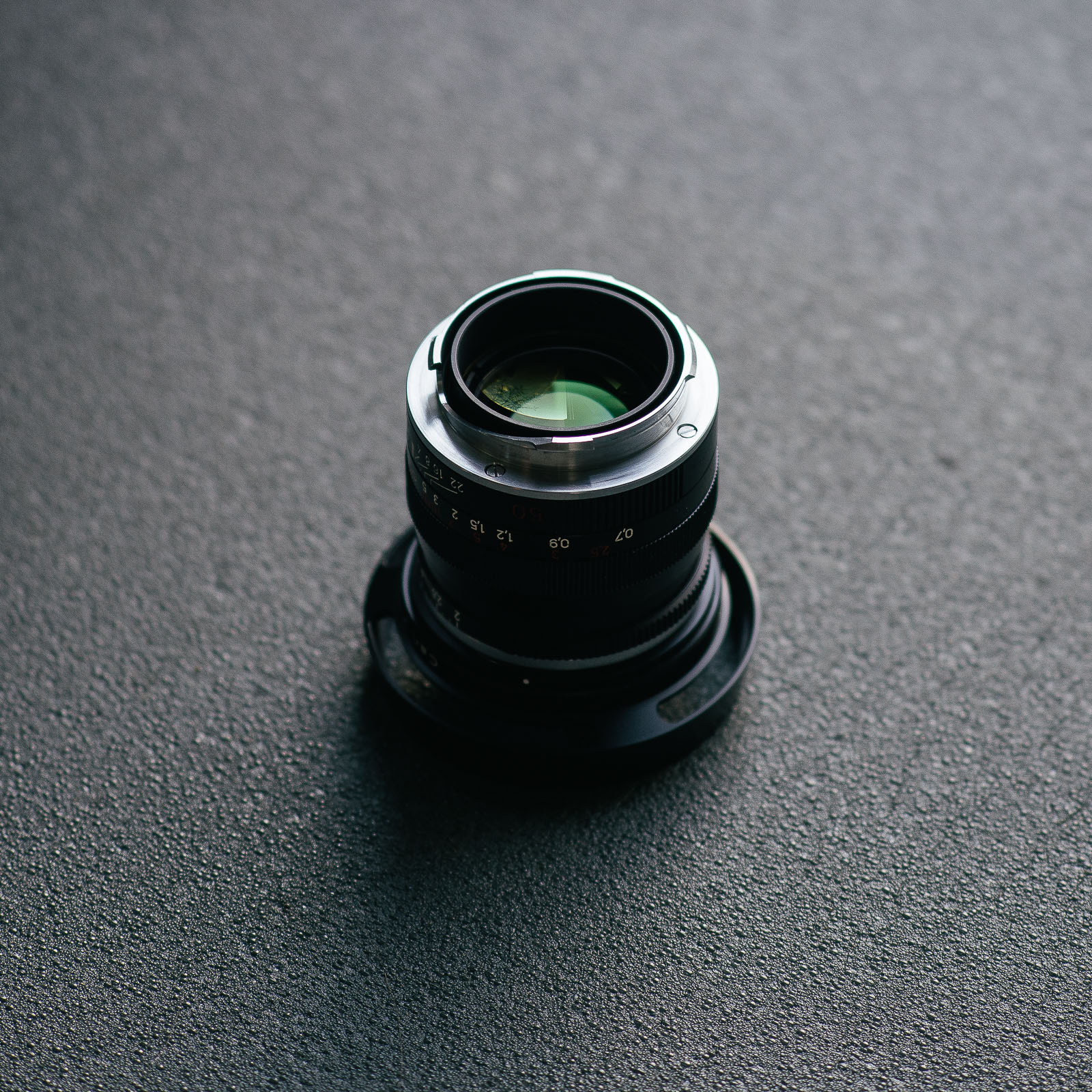
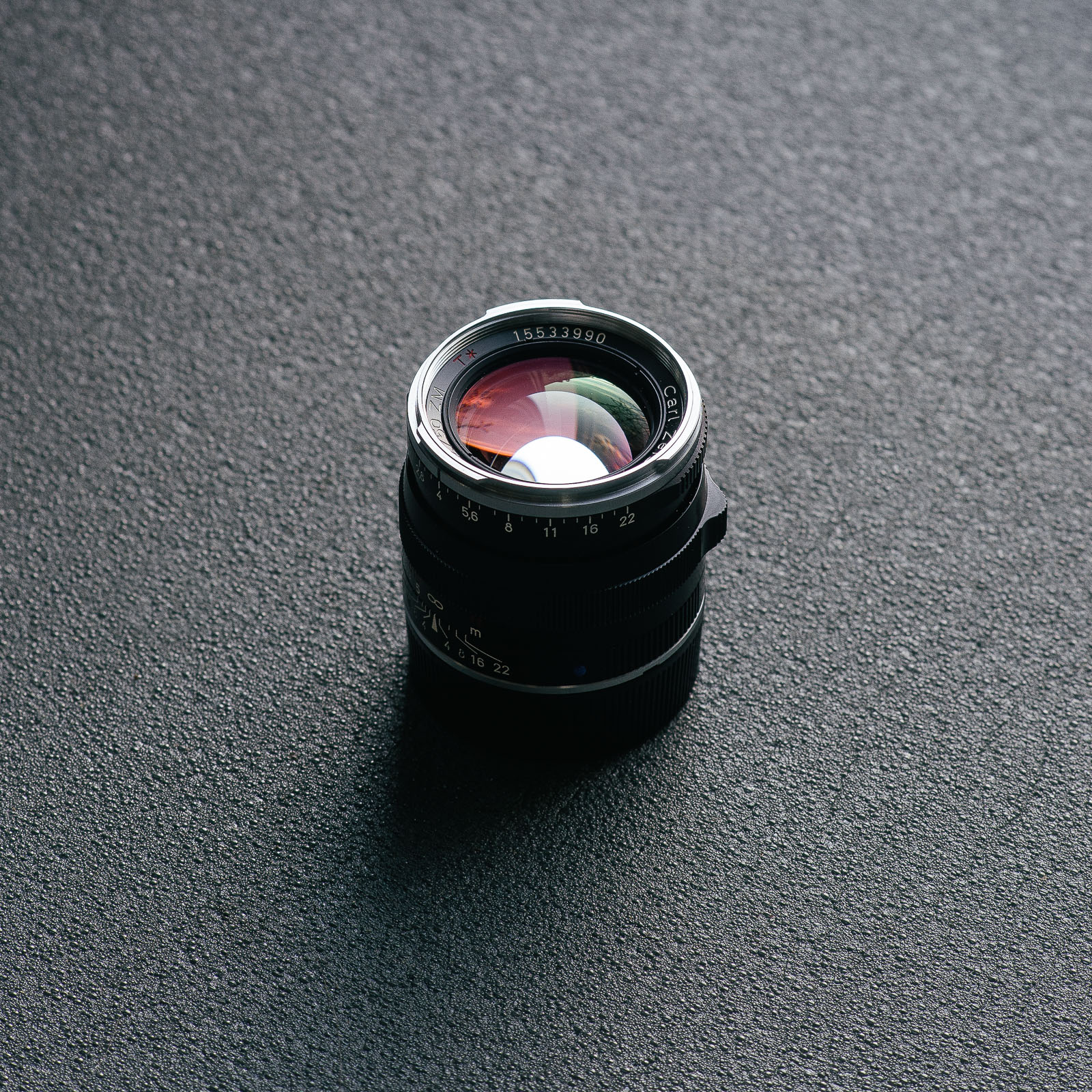
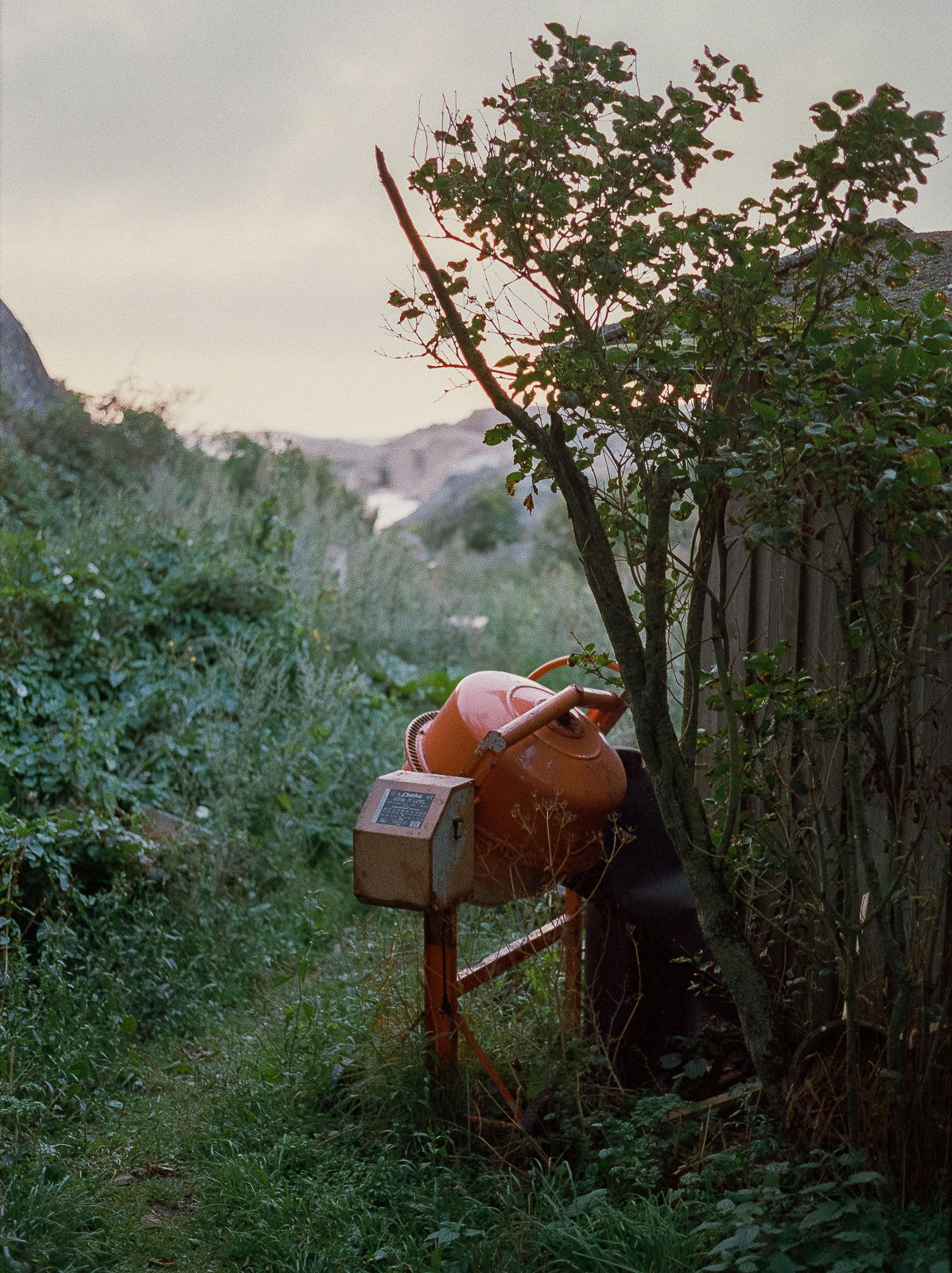
Front & rear mounts of the ZM Planar. Samples from Leica M4-P
As the ZM lenses are so similar much of this section has been lifted from my earlier review of the ZM 35 Biogon.
The Planar is a moderately sized M-mount lens. It’s comparable in size and weight to most similar specced rangefinder lenses and far smaller than anything equivalent for SLR:s.
It's a nice looking lens with a refined exterior design. Not quite as understated and utilitarian as most of Leica’s lenses, it instead strives to look a bit more elegant, a matter of taste which approach is more appealing.
The entire ZM line is close to identical in appearance except for barrel length and sometimes diameter. As I’ve owned four different ZM lenses and shot a few more still I feel I can comment a bit more generally about the construction, finishes and quality than what I’d be able to do based on just the single lens that this review is centered on.
The ZM lenses are manufactured to a very high standard, being made almost exclusively from metal and glass, with very good durability and feel. There are some minor quality issues to look out for however – something I’ll get back to in a bit.
The housing is made from aluminium. Most ZM lenses are available in both black and chrome finishes. I’ve had both and prefer black aesthetically, but the chrome finish is a bit more refined. I’m a bit unsure of the application method. The black especially, being a bit glossier* than the anodized treatment of black Leica and Voigtländer lenses. I’m guessing it’s either anodized with a clear lacquer applied later, or painted straight on the aluminium in several layers. I believe the chrome finish is anodized as it appears a bit more matte.
* Interestingly the black finish seems to have changed over the years with my more recent ZM 50/1.5 Sonnar being a bit more matte than the older, quite glossy 35/2 Biogon and 50/2 Planar that I own.
The chrome lenses show wear a bit more gracefully with the black ones attracting fingerprints and grime as well as picks up scratches easier. Still both finishes are very durable, perhaps even more so than the Leica and Voigtländer counterparts with all my ZM lenses having only shown minimal marks of wear.
Most Zeiss ZM lenses are manufactured by Cosina in the same plant as Voigtländer lenses and a few similarities in build can be seen. For instance the front ring is identical to some of the Voigtländer M-mount lenses and accessories can even be used interchangeably between them*. The ring is made from chromed brass, a hard wearing material but also highly visible and can cause visible reflections when shooting through glass.
* the hood can be mounted perfectly on the Voigtländer 40/1.4 for instance.
The aperture generously has ten blades resulting in highlight stars with ten points and potentially contributing to smoother bokeh stopped down.
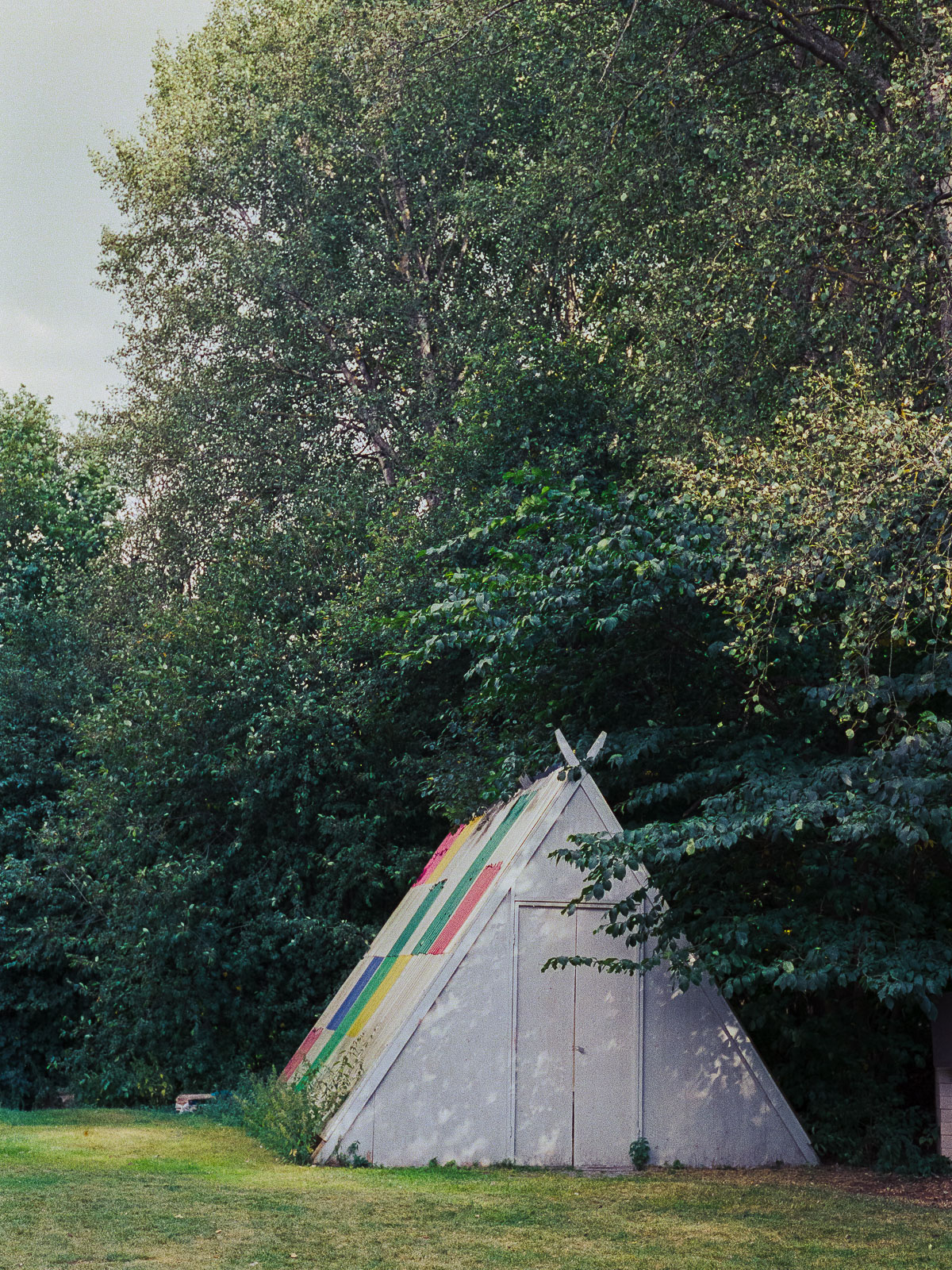
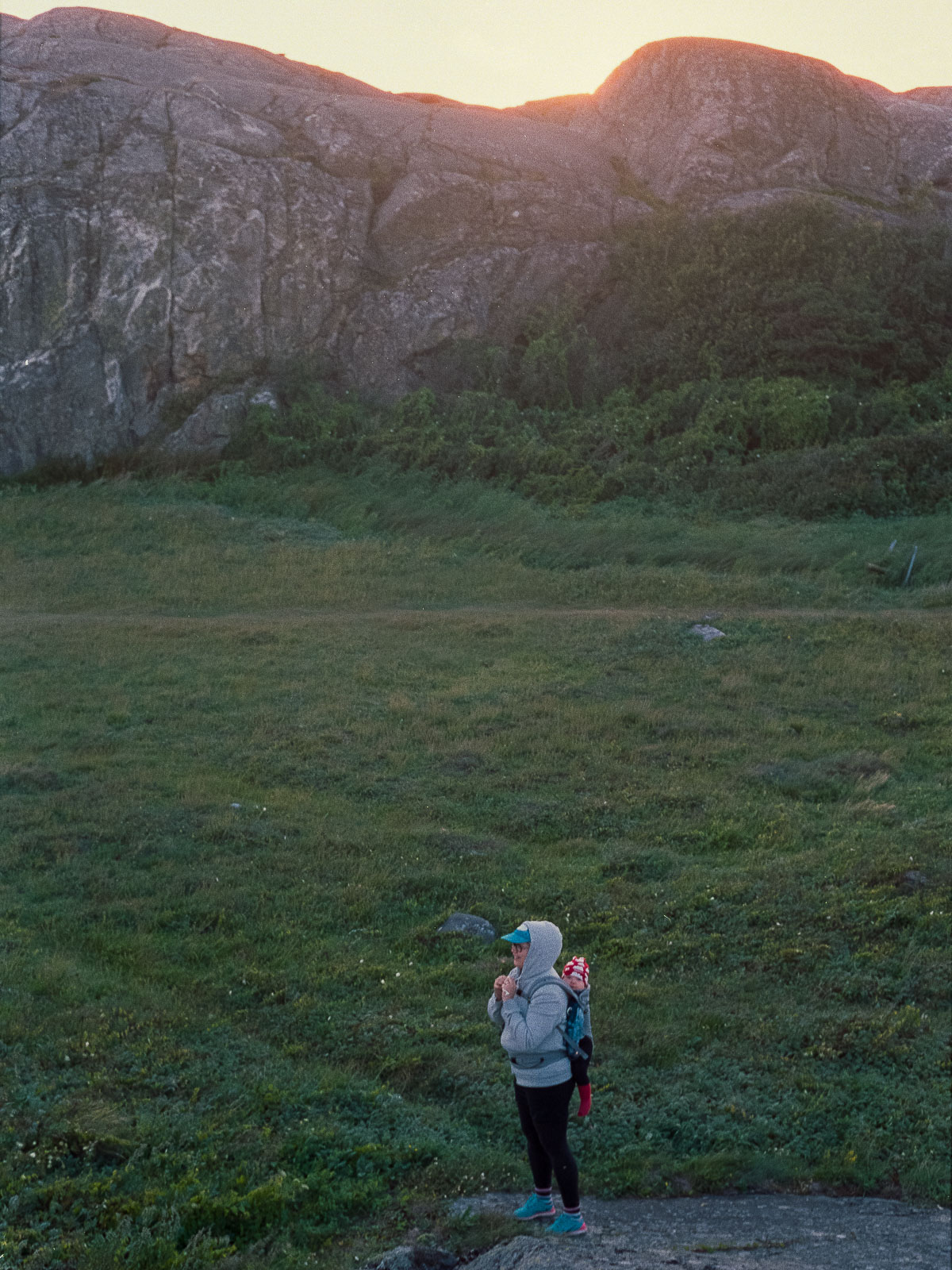
Leica M4-P
Markings are engraved and painted in two variations of DIN (though with a few bespoke characters). On a black lens metric distance scale, aperture and depth of field scales are painted white, the imperial scale painted a very subdued shade of red* leading to very poor visibility in low light. The focal length identifier is also painted red, potentially leading to some confusion if picking between several ZM lenses in even moderately dark conditions, especially since their exterior appearances are so similar. Visibility is better on the chrome lenses where the metric scale is in black and the imperial one blue.
* Like the black finish the shade of red has also shifted over the years with my more recent ZM 50/1.5 Sonnar having a brighter, more visible, red colour than my older 35/2 Biogon and 50/2 Planar. On the Sonnar the focal length marking is also white instead of red.
Full aperture stops are marked with numbers. Unlike Leica and Voigtländer lenses the intermediate stops also have markings. The ZM lenses have third stop settings on the aperture instead of the usual half stops.
There’s no hood included, but a vented metal one is available, fitting both the ZM 35/2 and the 50/2. It’s priced dearly and while it’s well made I don’t feel it’s worth getting. I got it included in my purchase but rarely use it. The lens is big enough without it and generally flare resistant to the point of not being an issue.
The front lens cap might seem pretty irrelevant to touch on, but the ones for the ZM lenses are by far the worst ones I’ve ever come across. It’s frankly pretty incredible how poor the cap is considering it’s a problem that’s been solved for decades by every other lens manufacturer. Somehow the ZM lens caps manage to be both fiddly to put on and incredibly loose once fitted. Because of this I generally use third party caps for my ZM lenses.

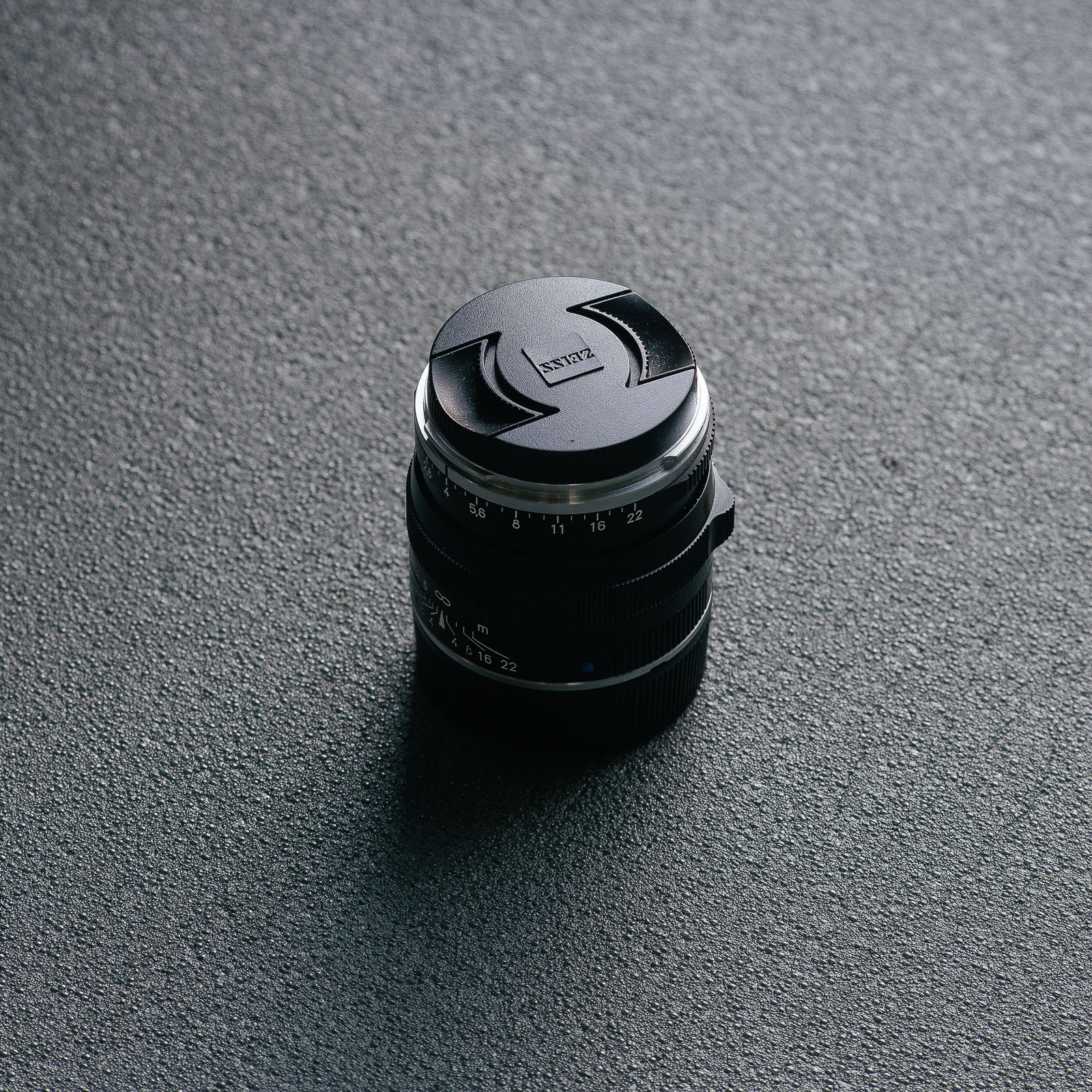
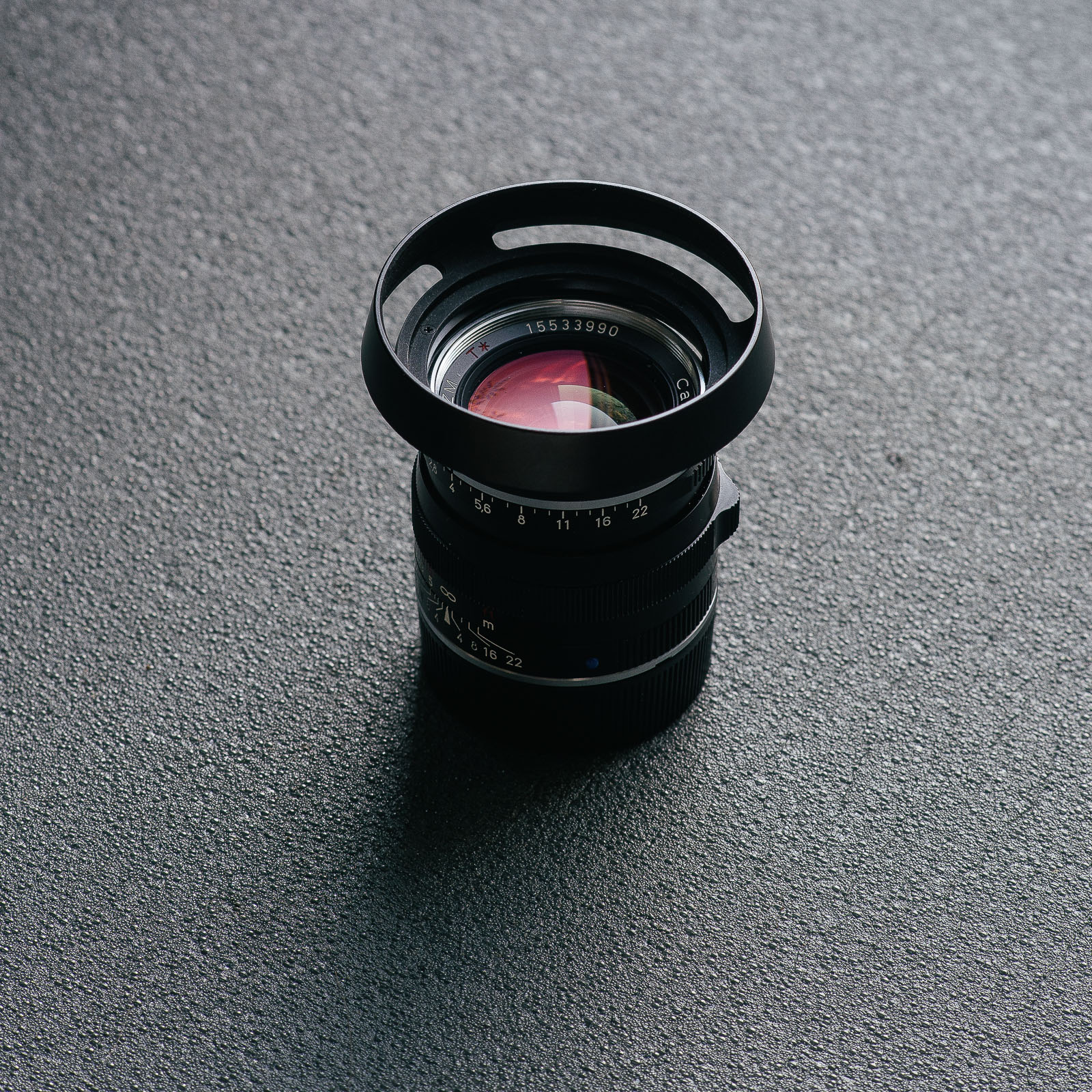
Lens, with cap and hood.
The feel of setting the aperture is very refined. Each stop has just the right amount of distinct resistance and feels reassuringly solid.
The focusing mechanics on the other hand is something of a weak spot with the ZM line. While the majority of copies work very well some lenses develop signs of wear very quickly (in a matter of a few years, compared to decades for most other manual focus lenses). Binding and inconsistent focusing feel are the most common issues. Some ZM’s also develop a wobble where the optical cell becomes loose in relation to the focusing helicoid*.
* I’ve encountered all these issues on several occasions, so it’s not a matter of hearsay. The worst problems was with a ZM 28 – an optically magnificent lens that I shot over a few years. During that time the focusing feel went from pretty good to quite awful with binding and a pronounced wobble. Servicing brought it back to feeling fine though.
Lenses from more recent production batches seem to exhibit less issues than earlier ones* and copies that exhibit these issues seem to be in a clear minority. In my experience the issues are also remedied by a normal servicing.
* My guess is that these issues are probably due to the chosen lubrication or materials, or a combination of both. So it makes sense that adjustments to the production would reduce the issues.
These issues aren’t unique to the ZM line but what’s unusual is how quickly they develop in some of the lenses. While it’s no surprise that the cheaper Zeiss lenses aren’t quite on the same level of construction as Leica’s equivalents it’s notable that every Voigtländer lens I’ve shot has been more consistent in feel, especially considering that they are made in the same factory.
Now, that this potential issue exists isn’t really something that has dissuaded me from the ZM lenses. As more recent lenses seem unaffected and all the ones I currently own are quite good I don’t worry much. Considering even a lens with severe issues (like my ZM 28) can be brought into good condition by a simple servicing these issue definitely don’t make me choose other marquees over Zeiss.
Still when making a purchase I do factor in that a ZM lens might need more frequent servicing. So if they later do need it I’m prepared and if they don’t I’m pleasantly surprised.
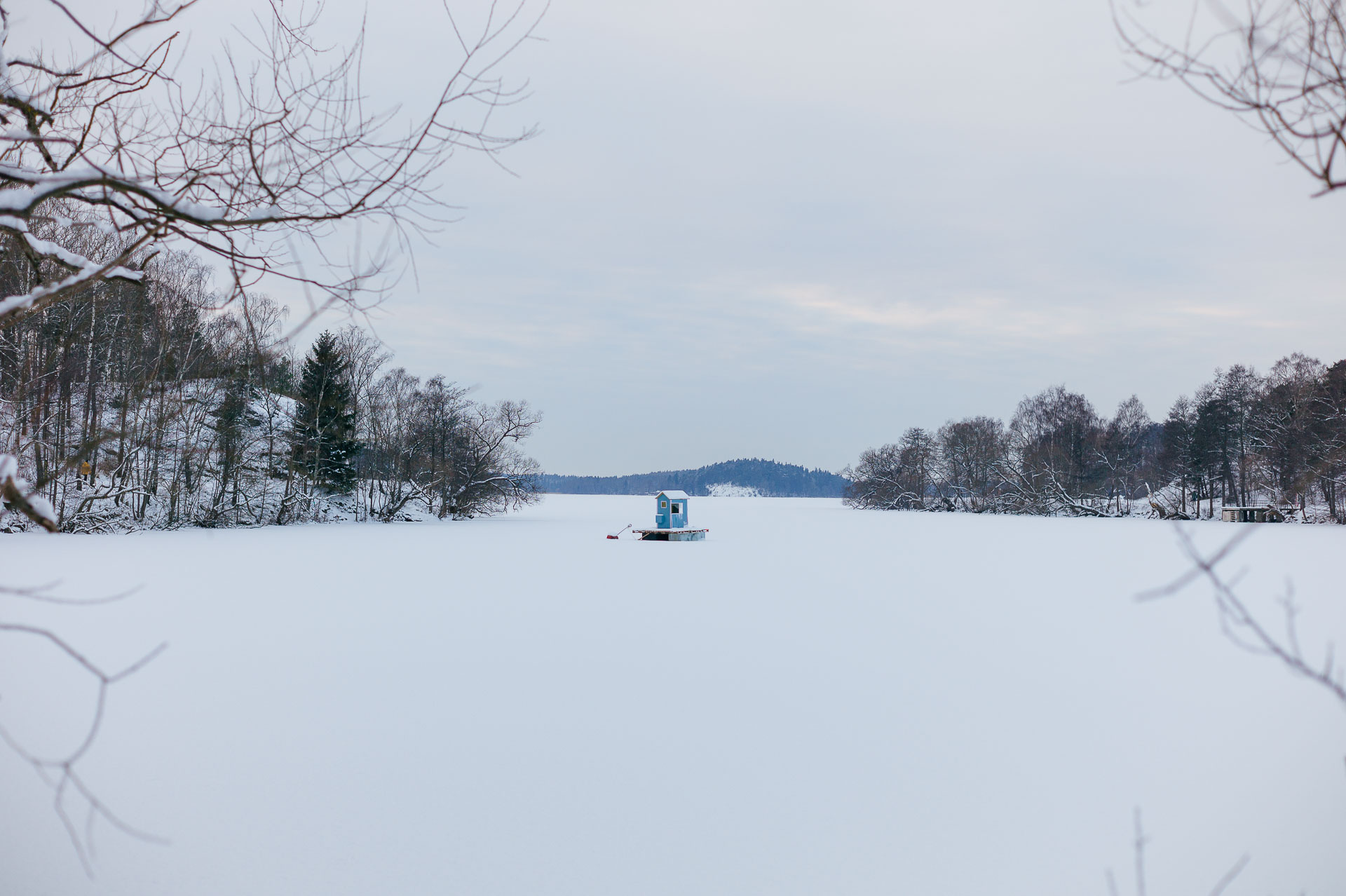
Leica M9
As the ZM lenses are so similar much of this section has been lifted from my earlier review of the ZM 35 Biogon.
The entire ZM line also share practically identical ergonomics. The lenses are definitely sound in this department, the Planar included. There are no major issues, but depending on your preferences it might fall short of being best in class.
A point of contention between rangefinder photographers is whether focusing is best done with a tab or a ring. Traditionally wide angle rangefinder lenses have been equipped with a lever or tab and longer lenses a ring. The tab offers more haptic feedback and with experience you can start to tell and set the focusing distance by feel. Some people prefer the ring despite losing that additional positioning information since it can be grabbed anywhere around the circumference of the lens and act the same way. A ring can also have a longer throw which makes it a better fit for longer lenses. Each solution has firm followers and to some a lens featuring the “wrong” alternative can mean that it won’t even be considered for purchase. With the ZM line Zeiss has aimed to come up with a solution that pleases both groups.
The focus ring is a finely ribbed, reasonably wide band around the entire lens circumference offering good grip regardless of conditions. At the position where the tab is generally placed is a small protrusion of the ring – this little nub aims to bridge the gap between a focusing tab and pure ring. It means handles like a normal ring, but that it’s also possible to set the focusing distance by feeling the position of the nub.
To me it’s a pretty good compromise. I’m firmly in preference of tabbed lenses, but in practice the ZM nub is a clear improvement over a plain ring. While not as quick or comfortable as a tab, the nub still makes it possible to set focus distance by feel.
The focus throw is 90° and a hair. A good balance between speed and accuracy. My 50 Planar doesn’t suffer from the previously mentioned issues with the focusing mechanics and feels very smooth. As a whole the focusing experience is very transparent in practice.
An issue that can plague small lenses with focusing rings rather than tabs is that it becomes hard to separate the aperture and focusing rings by feel*. The 50 Planar does well here. The aperture ring is clearly removed from the focusing ring and also has a slightly different texture and shape making it easy to tell the two rings apart.
* The Summicron 50 V is an example of this – since both rings are practically identical as well as placed close together I sometimes grab the wrong one
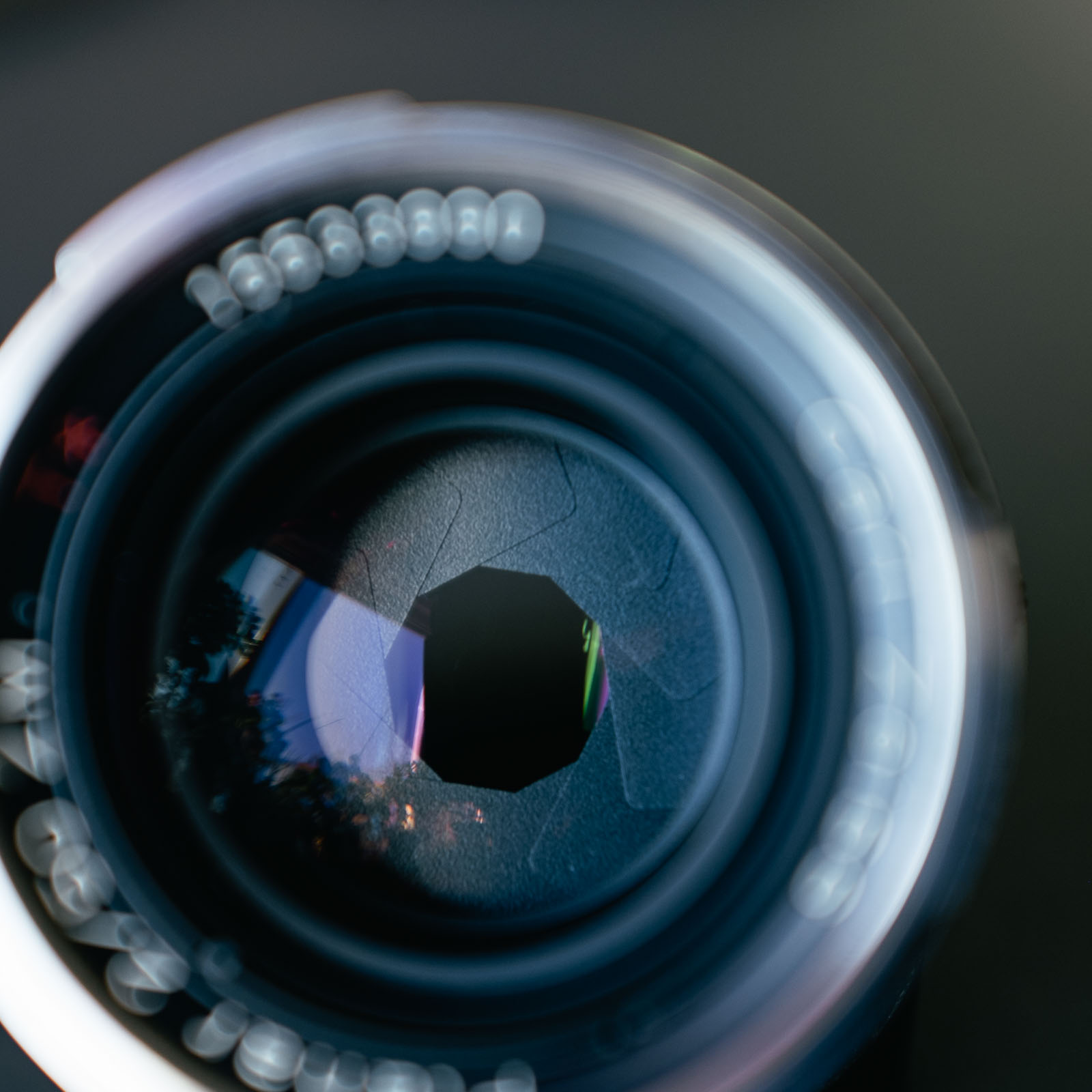
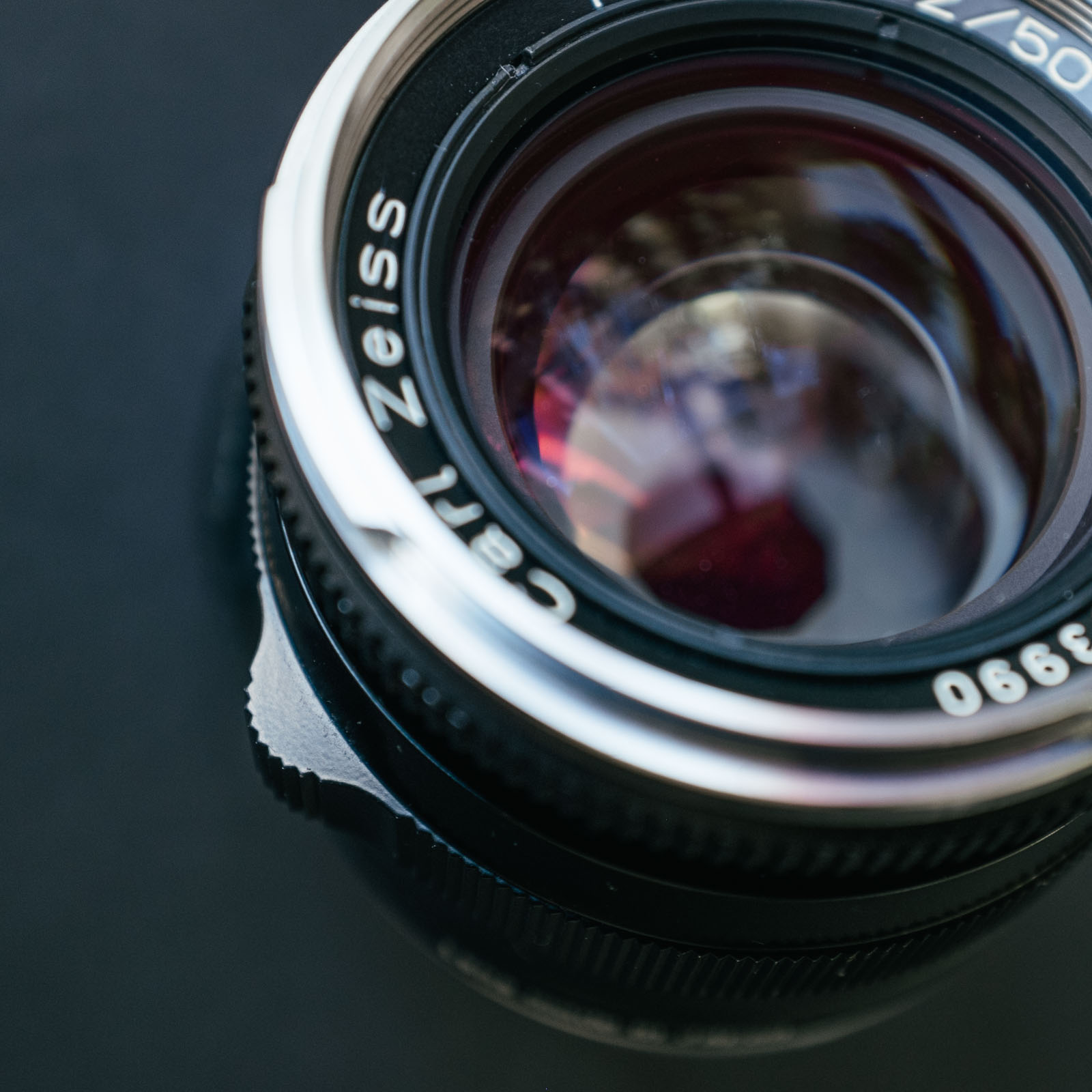
Note ten aperture blades and focus nub.
As mentioned above is that the aperture is set in third stop increments instead of half stops. Some people might enjoy the added control this offers. But as I rarely even use half stops, third stops feel overkill for anything I shoot. The only result is that it makes the lens feel a bit slow to work with.
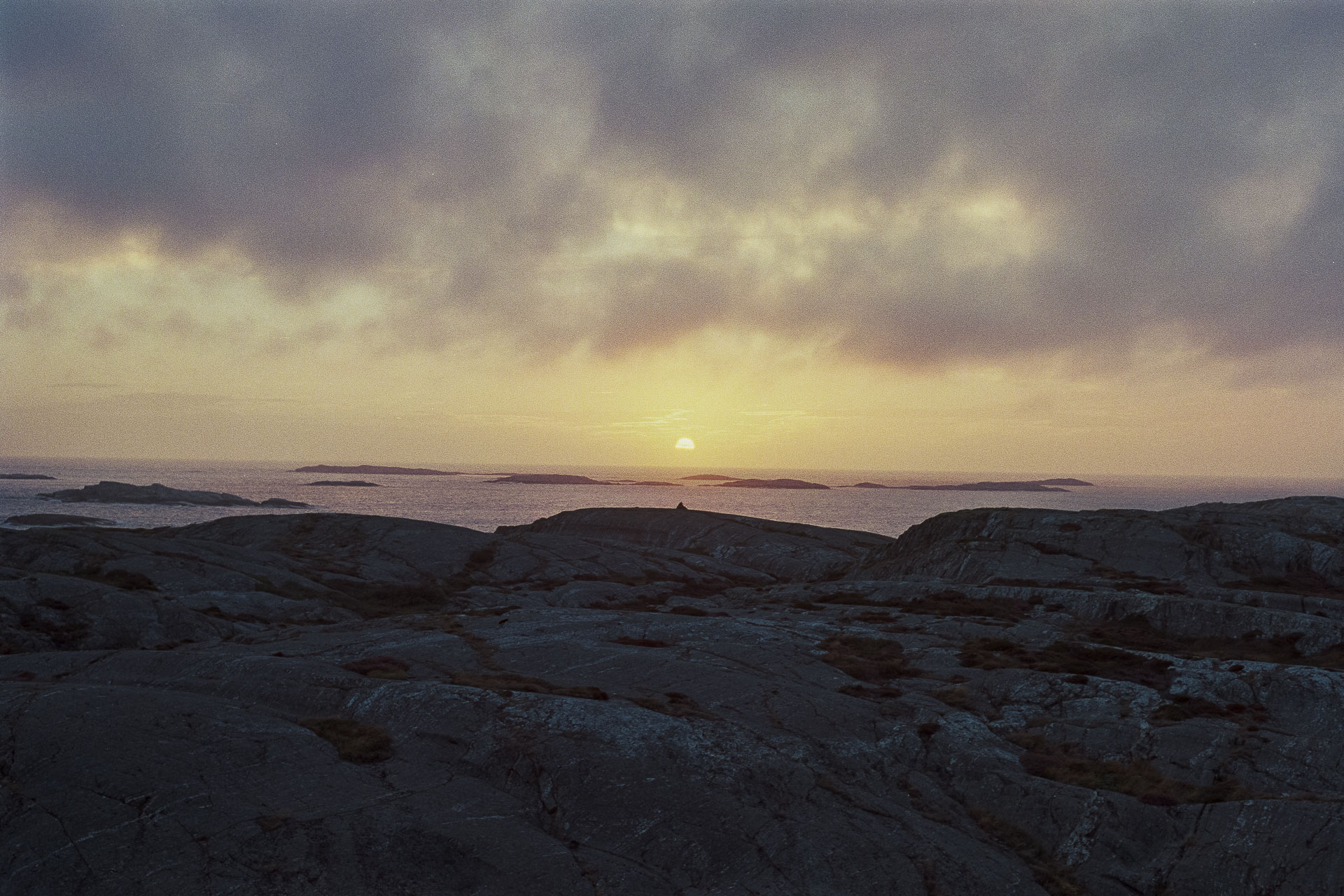
The lens has an impressive resilience to flare – one of many positives of the Planar. – Leica M4-P
From a performance point of view the Planar is unusually hard to fault. It does well at practically every measurable parameter. Beyond a few utterly minor caveats there’s a lot to like here.
Contrast is impressive across the board and there’s never any distracting or distinct drops in clarity. On axis the resolution is excellent wide open. The definition drops slightly and evenly across the frame leading to a predictability in the lens behavior. Edges and corners retain quite impressive sharpness wide open and improve quickly stopping down.
Contrast follows a similar pattern as the pure resolution and reaches excellent levels by f/2.8 and exceptional ones by f/4. Micro contrast and global contrast is very high already wide open with mid level contrast being slightly gentler.
There’s no significant astigmatism and detail reproduction is even.
As I don’t have any ultra high resolution body currently it’s hard to say if the lens exhibits a similarly modest peak resolving power as the Summicron 50, but for any general purpose application the Planar is certainly far beyond good enough.
The colour reproduction is warm and clearly saturated. There’s a subtlety and distinction between close tones and the overall palette is very appealing.
Bokeh is fair. Close scrutiny reveals some double lines and color fringing in challenging situations. For the most part out of focus areas look unobjectionable – smooth but with a bit of texture hinting at the context.
Transitions are moderate with defined planes even at a distance.


Note high definition at the focal point even far away from the center of the frame. Also worth noting is the slight nervousness in the bokeh. Leica M9 – f/2.
There are very few aberrations that have any significant impact on the end result.
There’s just under 2% simple barrel distortion. While barely visible in general use it can be an issue if shooting e.g. architecture. Its simple shape makes the distortion easy to correct.
There’s modest vignetting wide open but it’s reduced to insignificant amounts by f/4.
In very high contrast situations some longitudinal chromatic aberration can be seen as distracting color fringes. Thankfully it's a rare occurrence only appearing in exceptionally challenging conditions.
There’s no field curvature or focus shift to speak of. Coma is very well controlled.
The lens is impressively resilient to flare. Even in difficult situations, for instance with oblique light or with the sun in the frame contrast remains high and little to no ghosting is seen. It can fail under some extremely specific conditions, but it fails in the most appealing manner I think I’ve seen with a gentle veiling flare.
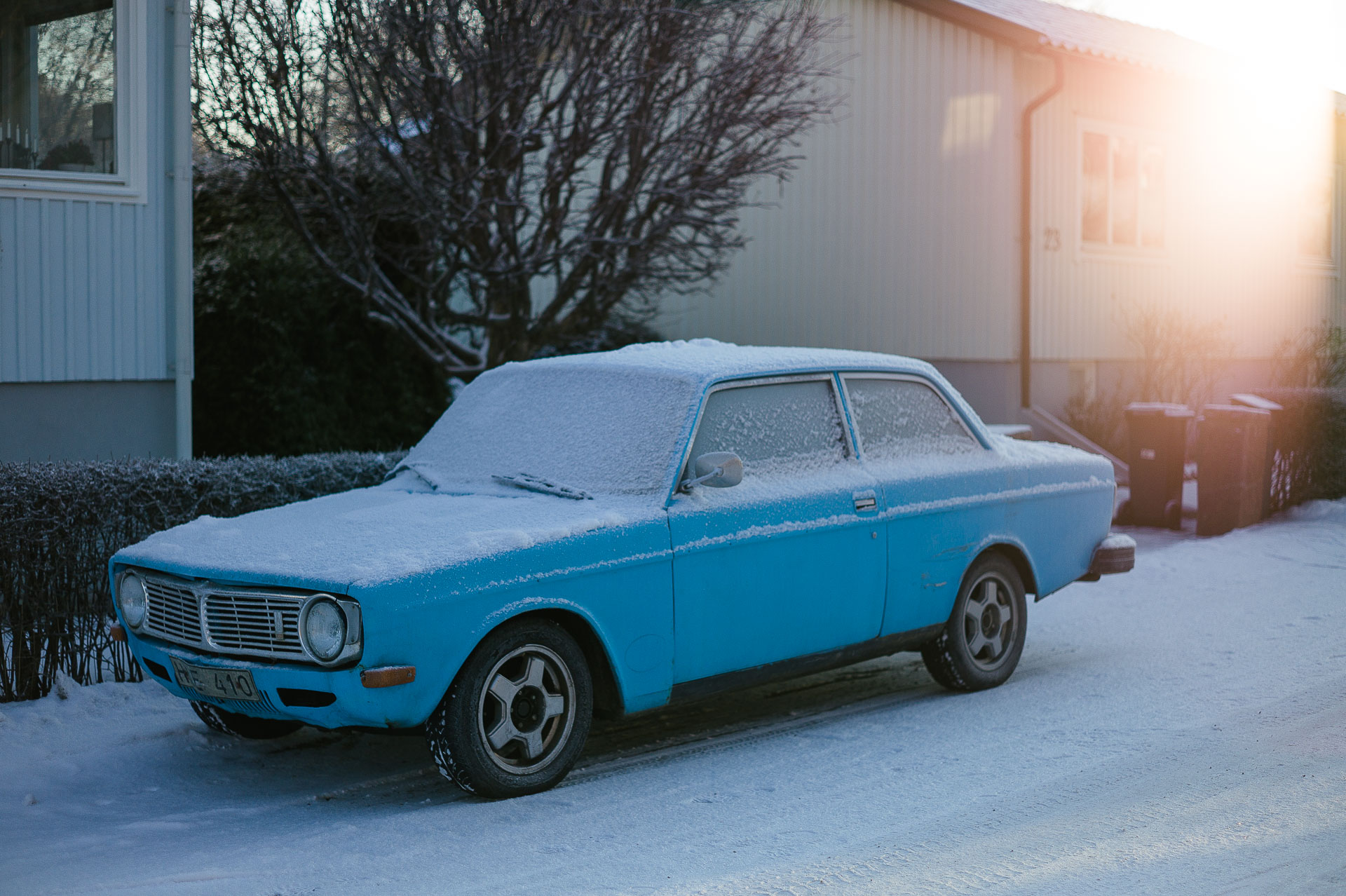
The Planar is exceptionally resilient against flare. This is the worst instance I've been able to provoke. Personally I find this a rather appealing way to fail. Leica M9.
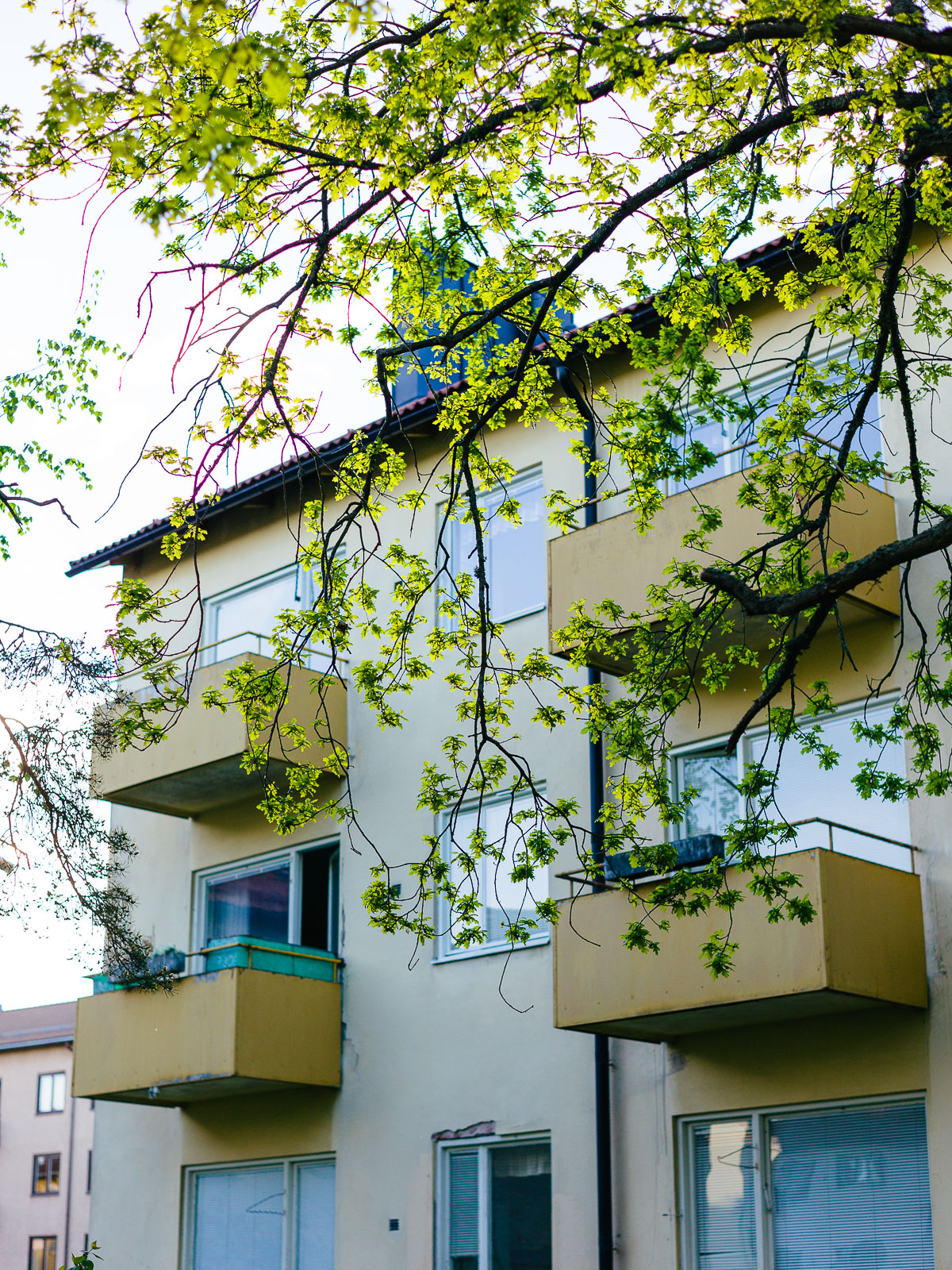
Color fringes can at times be seen in high contrast areas. In this instance around the branches against the sky. Leica M9
The evaluation above is valid regardless of capture medium, but nuances exist and since digital is more revealing in many cases that’s the primary medium for analysis. On film the rendering of course carries over but the subtleties can be perceived slightly different.
The Planar renders pleasantly on film. The high resolution, clarity and pronounced colour palette makes for appealing negatives.
If a lens is a good fit for B&W is as much down to preferences as anything else. I feel the Planar does well. There’s a modern signature that can be quite appealing for many subjects.
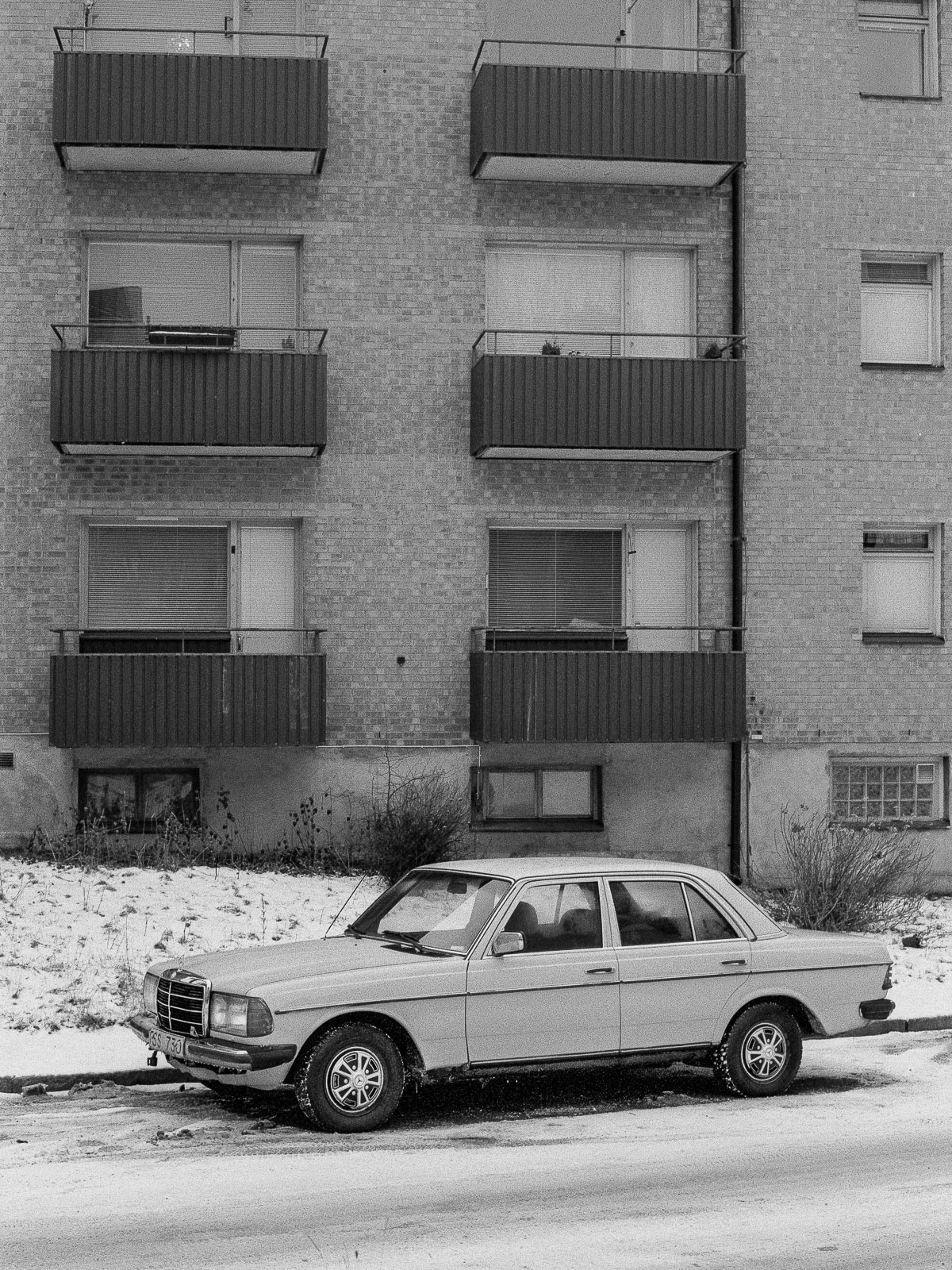
The Planar has a modern signature that can look pleasant in many situations on film as well as digital. Note the very slight distortion visible in this frame. Leica M4-P.
The Planar is an exceptional performer. Contrast and definition is very high and also predictable throughout the field. Color reproduction is appealing and bokeh pleasant. There’s a modern and impressive signature that’s very transparent. The lens offers few surprises which is mostly a good thing.
The overall signature is incredibly competent and quite balanced. Images certainly look appealing most of the time. However for my personal tastes, and especially having shot it side by side with a few other alternatives, it can come across a bit overly efficient. In many situations this signature works quite well, but I often find the look on the clinical side. Overall it tends to leave me feeling a bit cold towards it. I often gravitate towards the output of other options.
This is certainly not down to any objective flaws, but due to preferences regarding extremely subtle differences. I know photographers who prefer way the Planar renders over any lens available but to my tastes other alternatives often give me results I enjoy more.
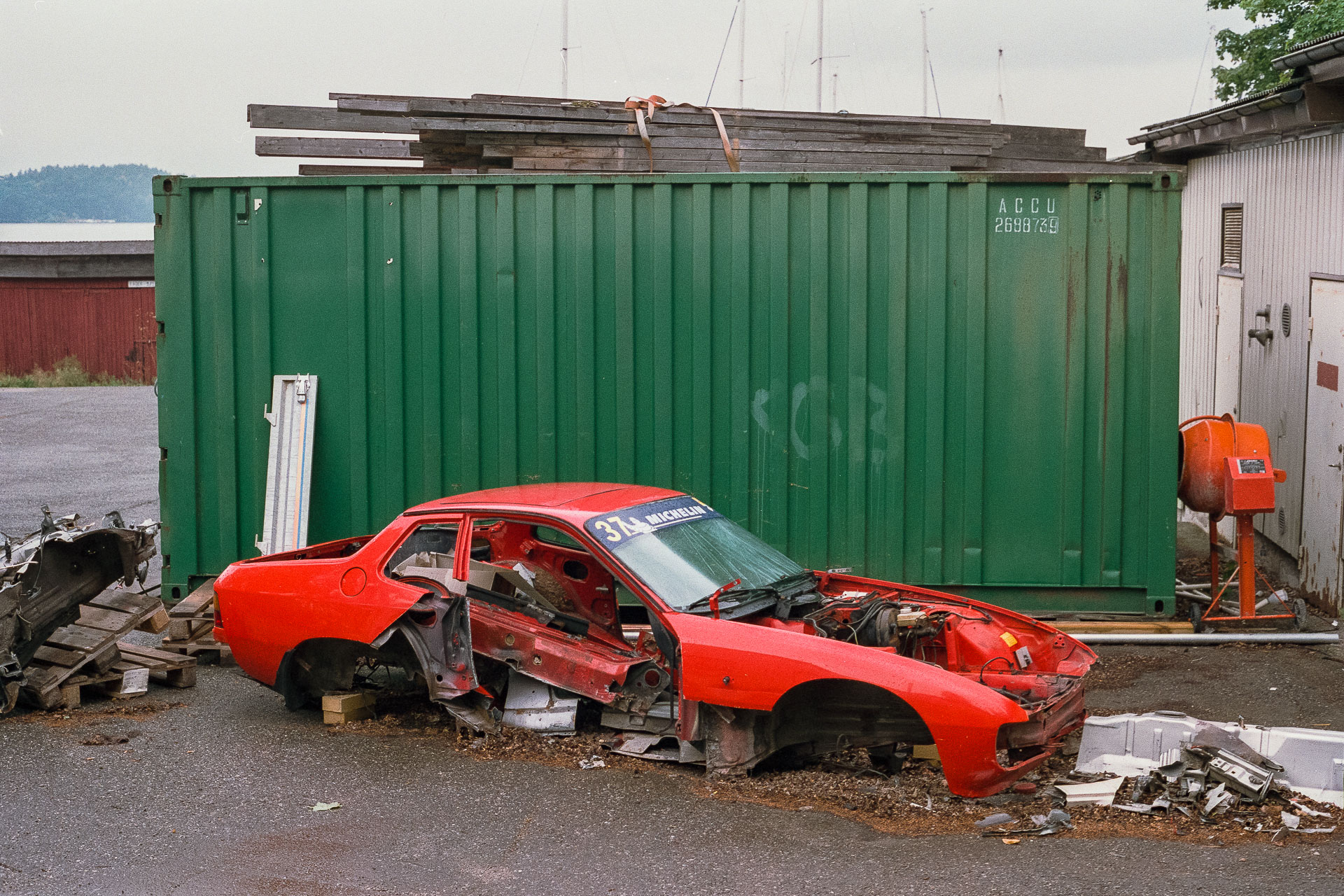
While clinical at times its objective qualities can’t be argued against. I especially I like the Planar's output in situations like this – stopped down, a slightly wider view and lots of detail and color. Leica M4-P
As I write this I’ve had the ZM Planar for a bit over a year and a half. I got a pretty good deal on a used copy and as I had just started to enjoy shooting 50mm lenses again I wanted to have a go with a few different options. Over the time I’ve had it I have used the Planar in a lot of different situations and on different cameras, so I’ve come to know it rather well. Comparing it to the Summicron 50 I had before and the ZM 50/1.5 Sonnar that I added soon after was quite informative.
Coming to the Planar from the Summicron I appreciated the ergonomic advantages the Zeiss lens brought. The Planar handles very well in use and solves a few ergonomic niggles I have with the Summicron despite it not being exactly to my preferences.
I do prefer something slightly faster though, as I feel I run out of light a bit more often than I’d like with an f/2 50mm lens. As the sun drops low, or shooting indoors, I tend to feel somewhat limited. The Sonnar that I soon added was a pleasant experience in this regard as it gave me a little more leeway in low light.
Like I’ve written about previously I’ve been a bit torn on the 50mm focal length, but lately I’ve come around to it. I like the slight bit of compression it offers compared to something just a little wider, but also that it remains usable in closer quarters. I also especially enjoy pairing a 50 with something wider, like a 28 or 25, and often feel that I could shoot a two lens set up like that indefinitely.
A somewhat unusual characteristic of the Planar is that it’s seemingly just a slight bit wider than the stated 50mm focal length. It’s not really apparent in general use, but can be noticable when switching between 50mm lenses and it doesn't feel too far off from the 40mm lenses I’ve shot in the past. Makes sense as there are claims that it’s closely based on the Zeiss 45/2 Planar for the Contax G series cameras.
When I started using the ZM Planar I expected to like it quite a bit. I know more than a few photographers that swear by it, the specs, ergonomics, image quality, everything about it looks swell. In the end though I actually ended up liking it the least of the three 50’s I was shooting concurrently.
It’s hard to point to specific things in why I feel a little cold towards it. My picky side would prefer half stop aperture settings and a true focus tab, but on the other hand the ZM Sonnar that I like a lot has identical ergonomics and I don’t find them an issue there. And sure it helps that the Sonnar is a little faster as that allows me to use it in slightly lower light, but the different isn’t really significant in use and I easily get by with the Summicron. So the only thing I can point to is the images it produces. Objectively they are excellent, but the rendering simply doesn’t inspire me. I’ve absolutely made a fair share of images I love with it, and if I wasn’t comparing it to such appealing alternatives I would probably have it as my favourite 50 of all time. But with the options I have at hand it’s hard for me personally to feel all that compelled to shoot it.
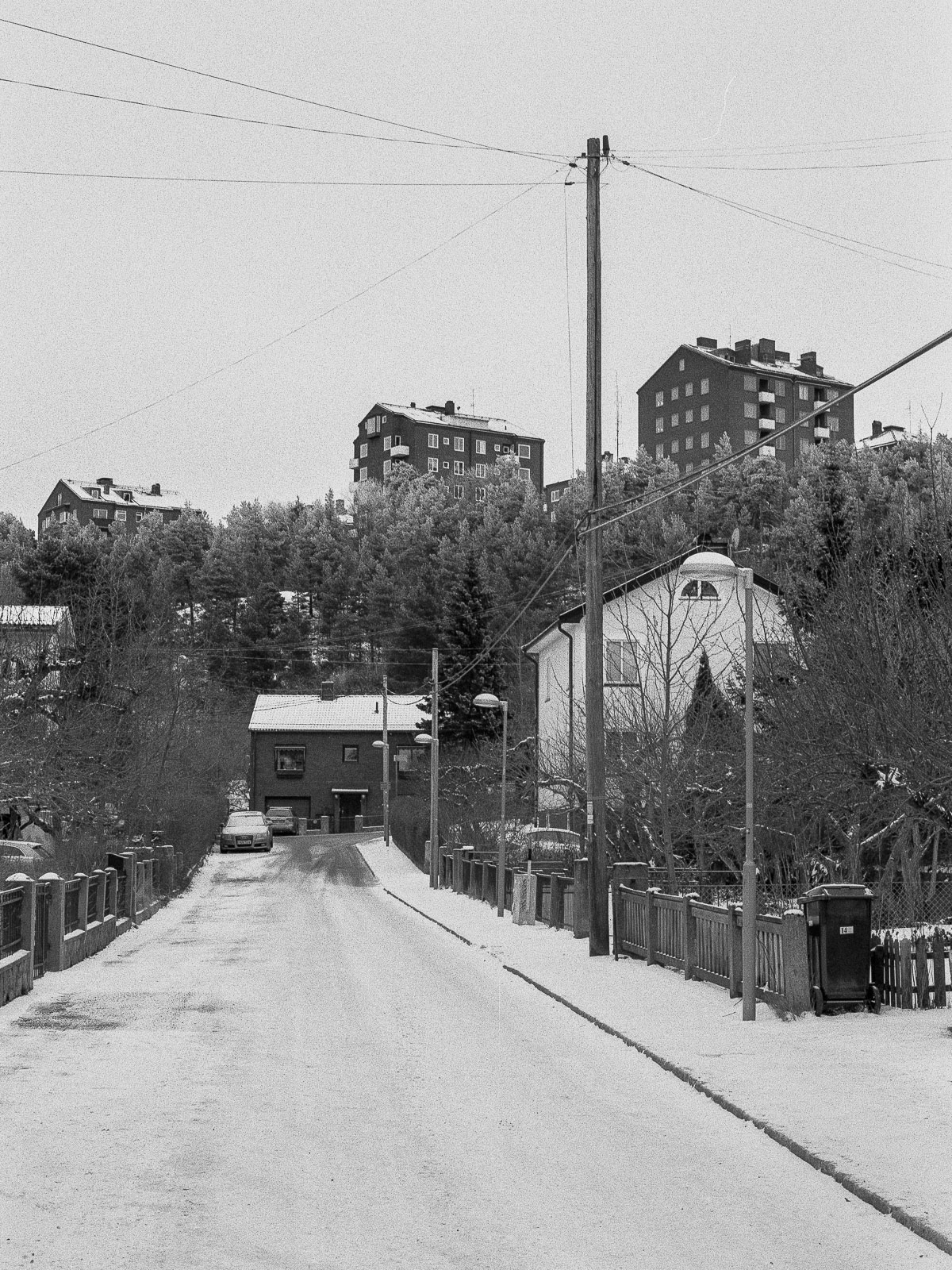

The Planar frequently impresses on a technical level and the output can come across as quite transparent in many situations. In some cases however it has a tendency to look a bit clinical. Especially for portraits or portrait-esque images, but compared to some of the alternatives I've been shooting even the general impression is somewhat cold.
Excellent. Performs excellently and handles very well. Very minor blocking of the viewfinder. The moderate aperture can be a limiting factor in dim light.
Excellent. The output is very pleasant and handling good. Selecting the Summicron 50 in the correction menu gives good results without noticeable colour shifts. Blocks a very minor part of the viewfinder. Modest aperture can be challenging in low light.
Very good. Balances well and gives an ergonomically pleasing kit to use. Great colour and very good definition in the central area of the frame. Performance towards the edges suffer slightly due to ray angle issues and the thicker filter stack of the A7 cameras, but it’s rarely of major concern. A little smearing wide open can be distracting when shooting at a distance. Stopping down to f/2.8 decreases smearing and gives a pleasant look. By f/5.6 it looks great even into the corners. At closer distances the lens can be shot mostly without issues. Interestingly the Zeiss Loxia 50 is practically the same lens, only adjusted for the filter stack properties of the A7. For that lens the above analysis holds true for the A7 too.

This frame shows a number of the Planar's strenghts – fine detail & subtle color. Leica M4-P
The big reason I’m not completely sold on the Planar personally is the range of appealing options available. As 50mm is one of the most popular focal lengths sold for rangefinders there are almost infinite amount of choice in the category. I won’t cover all the options but focus on the two 50mm lenses I’ve shot in parallel with the Planar and touch a little on the pros and cons of each.
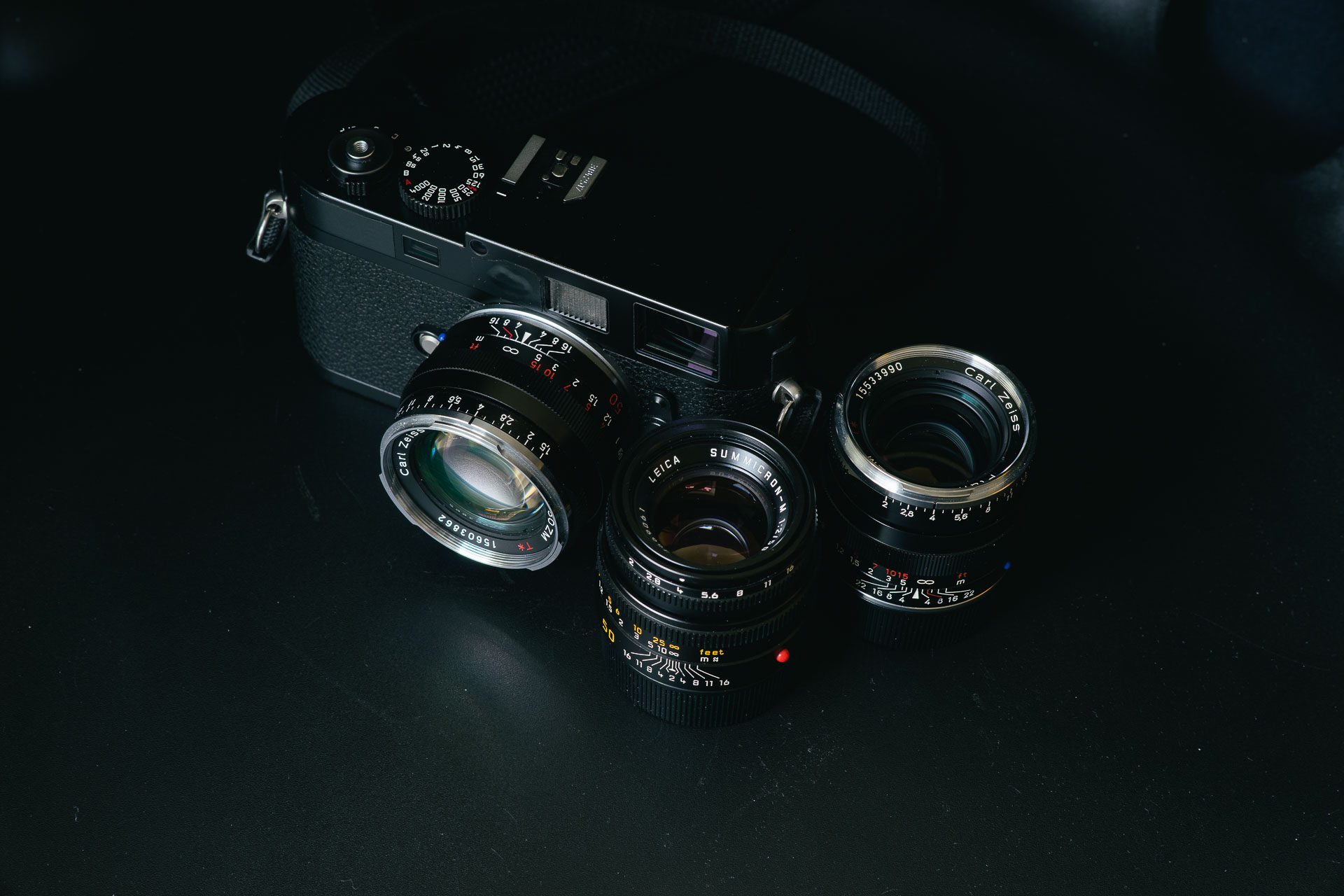
A set of truly fantastic 50mm lenses. All of them with their respective strenghts and weaknesses. None of them is objectively superior to the other.
The most obvious and frequently mentioned alternative to the Planar is the Summicron (and the other way around). And with good reason. The two lenses are exceptionally similar. Both are true double gauss designs with almost identical specifications. On paper the Planar is the obvious choice. It flares far less, resolution and contrast is comparable, it’s ergonomically better and cheaper by far. The advantages of the Summicron are minor – an integrated lens hood and slightly better mechanical feel. The Summicron is sharper by a hair and better in the edges and corners, but the Planar behaves more predictably across the frame. However for my personal tastes the output of the Summicron is a lot more pleasant. The differences are seriously subtle and hard to spot even in side by side tests, but looking at bigger sets of images I’ve shot with each lens the difference to my eye is clear and based on that alone I’d pick the Summicron ahead of the Planar.
Full review of the Summicron 50/2 V
The Sonnar is a different beast completely to both the Planar and the Summicron. While based on a more recent formula than the double gauss the basic design of the Sonnar is still around 80 years old. Originally conceived to get around some issues that were hard to deal with before lens coatings were invented the Sonnar design has a few inherent weaknesses. As such the formula is rarely put to use today, as manufacturers can choose more freely from better corrected designs (e.g. the double gauss). Still beyond the drawbacks the Sonnar also has some very clear strengths and its fair share of fans thanks to them. So Zeiss did something unusual – they put to market the ZM Sonnar, a modern lens based almost precisely on the 1930’s design – of course complete with both the strenghts and weaknesses inherent in the design.
Compared to the Planar it’s certainly a less well behaved design. That it’s less sharp is generally not a major issue, but it also suffers from significant focus shift. This means that depending on the chosen aperture the focal point of the lens can move backwards or forwards independent of focus position. It can definitely cause some headaches trying to get the best out of the lens. It also focuses less closely than most M-mount lenses, which can be annoying at times.
On the other hand it’s almost a full stop faster than the Planar, making it more usable in low light. It’s also quite a bit more compact and even more resilient to flare. It shares the same ergonomic advantages as the Planar over the Summicron. Its biggest strength however is that it has one of the most appealing renderings I’ve seen – high sharpness at the focal point, rapid focus transitions, characteristic bokeh and pleasant color response gives a distinct and appealing signature. This beautiful rendering taken together with the other positive traits makes this my current favorite 50mm lens despite its drawbacks. But once again – it’s not for everyone and depending on subject and preferences a more well behaved lens could be a better choice.
Full review of the Zeiss Sonnar ZM 50/1.5
Beyond these two lenses it might also be worth noting that depending on ones kit and tastes a 40mm lens can also be a good, more neutral, stand-in to a 50. I’ve reviewed one from Leica and one from Voigtländer. While neither offers quite the same level of performance as the Planar they both offer a few things I prefer over the more well behaved Zeiss lens.
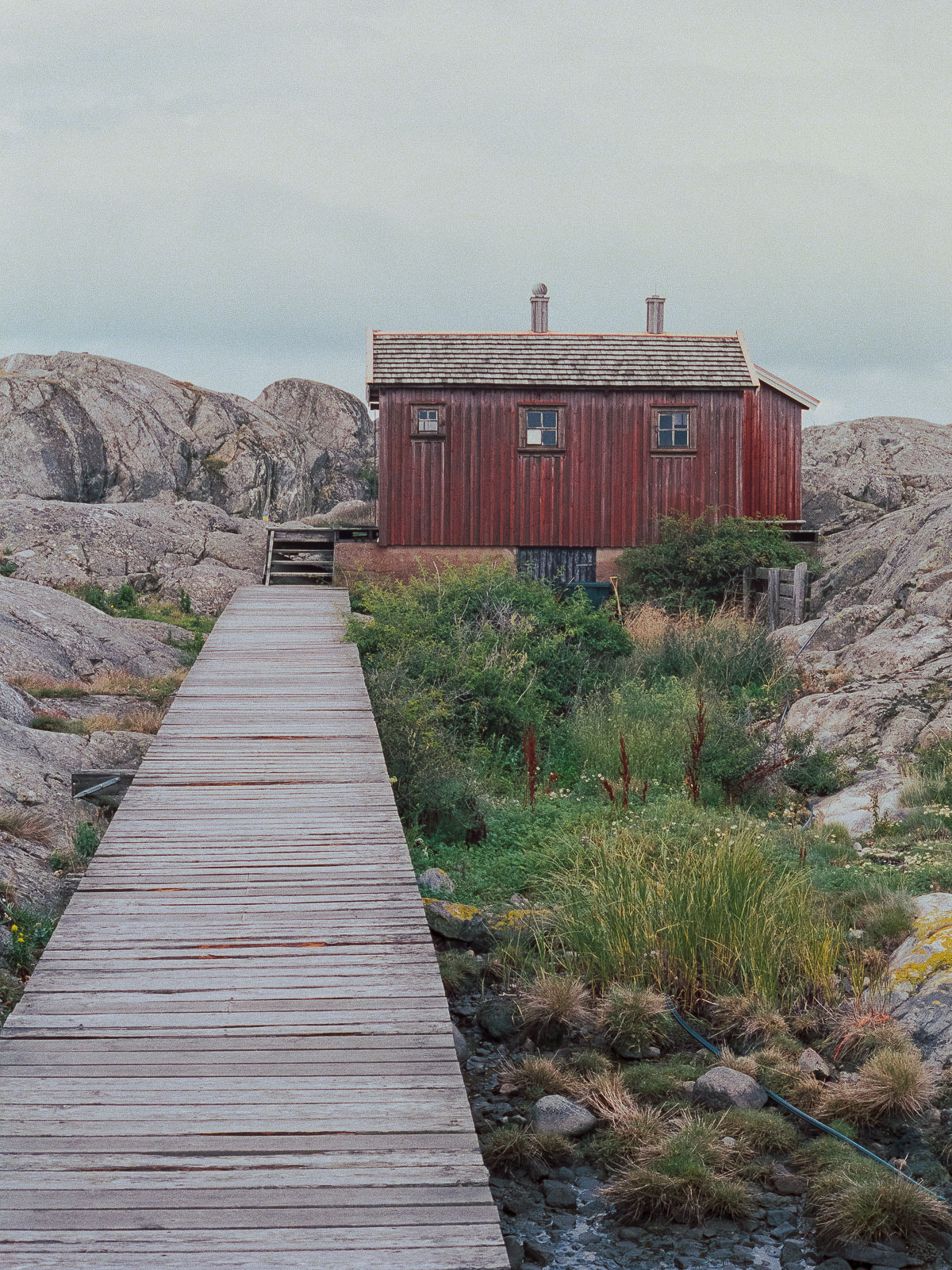

I'll conclude with what might be my two favorite images from the Planar. Don't get me wrong with my nitpicks – it's certainly a great lens overall.
The Planar is a completely unobjectionable lens. It handles well, performs exceptionally and is even quite reasonably priced. Objectively it’s practically perfect.
Personally however, I simply find it uninteresting compared to some of the alternatives I’ve been shooting. While I have a few minor nitpicks about the ergonomics, the main reason is its rendering – while competent I find it forgettable. And since the alternatives I have at hand offer more appealing output without significant penalties in other areas the Planar sits unused with increasing frequency.
This isn't to say that I dislike the Planar. It's still my third favorite 50 I’ve ever shot and between the three it comes down to splitting hairs.
I know photographers that swear by the Planar, not because of coming to other conclusions about it, but rather due to enjoying and preferring the well behaved look. So while the way the Planar renders doesn’t quite speak to my preferences to the same extent as the alternatives do, they are just that – preferences, and as such others will unavoidably disagree.
So with all this rambling the only thing I can say for sure as a bottom line is that the Planar is objectively fantastic with very few caveats. If you like its signature looking at the images here and elsewhere you can’t go wrong with it. It truly is an excellent piece of kit.
All photos in this review were taken by me, using Leica M4-P & M9. Film used was Ilford HP5+, Fuji Superia 400 or Kodak Portra 400, scanned on the Plustek 8200i. Exif-data is intact. Open any image in a new window for a closer look.